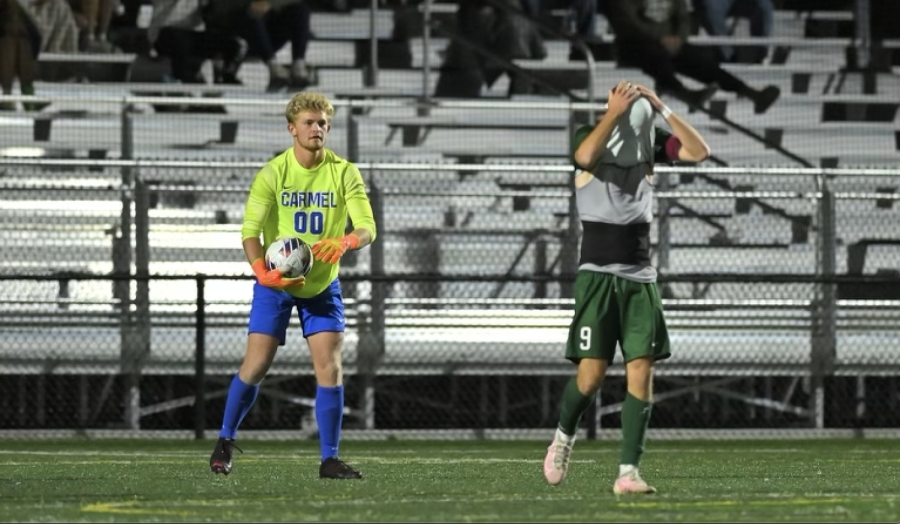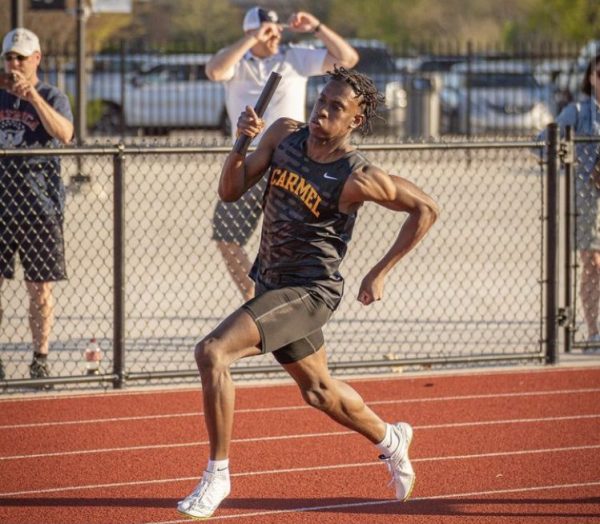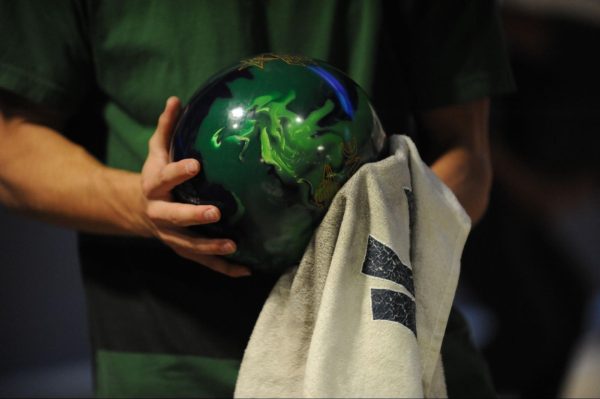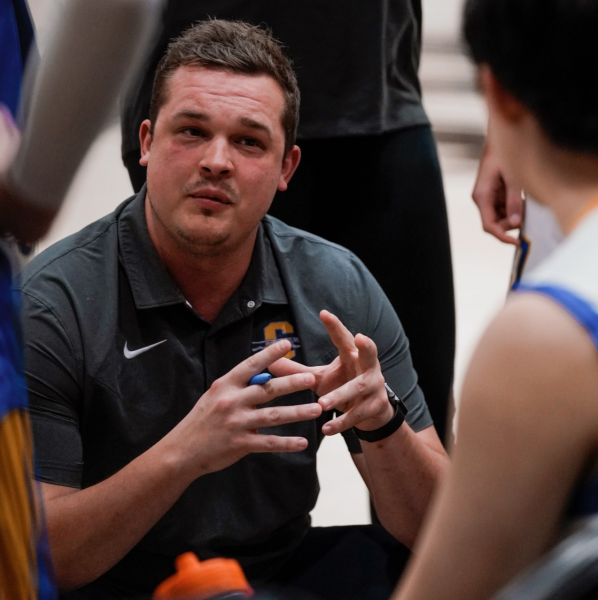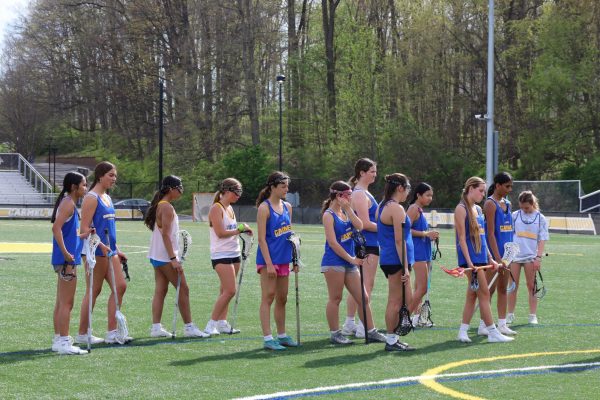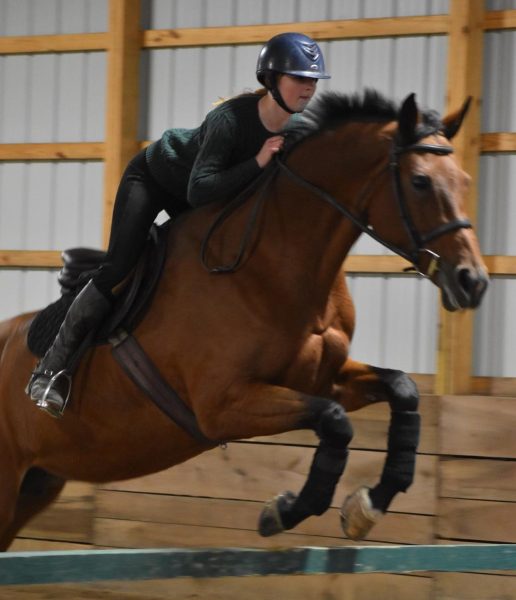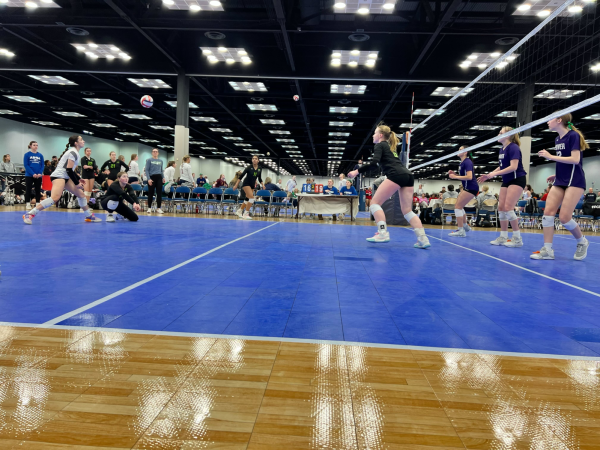As athletes transition from club to high school soccer they maintain friendly rivalries
While more than 400,000 high school students across the country play men’s soccer, many players, including Adam Keleher, Carmel and Indiana Fire player and junior, participate in club soccer in addition to playing on the high school team. With club teams, players from multiple high schools can end up competing against fellow high school teammates and against club teammates during the high school season. For Keleher, that reality is a positive.
He said, “It’s a really fun experience when you’re competing against someone that’s on your high school team because you’ve just played the high school season and then you go to the club season so you have that competitiveness amongst each other and after the game despite the results, win or lose, it’s always fun to meet up after and be like, hey, good stuff, good job, it’s just a fun whole team sense of (camaraderie).”
Keleher also said although the matches against his high school teammates are friendly, they still have an underlying competitiveness to it.
“It definitely adds a little competitiveness and fun to it,” he said. “We always joke and make funny little remarks about each other and each other’s teams.”
But while playing against teammates in both club soccer and high school soccer can be positive, Keleher said it can impact team chemistry.
“I am probably closer to the people who I play with on my (club) team rather than the ones on the high school team we play against (during the club season) because I am with them everyday in practice, and we hang out,” Keleher said.
Keleher’s experience reflects findings from a National Federation of State High School Association (NFHS) article analyzing how club sports and high school sports can co-exist. In that article, an athletics director said that high school athletes tend to choose participating in club sport events over high school events when there are conflicts.
However, Shane Schmidt, head coach of the CHS men’s soccer team, said that at this school there is a lot of pride to represent and play for the team.
““Even though (the players) play in different club teams, they’re all pretty good friends here,” Schmidt said. “That camaraderie of being in school together plus, I mean, just the the pride of being able to wear Carmel across your chest and compete for something that’s kind of a little bit bigger than them and bigger than their club and everything else and you can take pride in something you come to on a daily basis for four straight years.”
Schmidt also said that on the high school team, everyone has a common goal to perform at the highest level and win the State title.
‘“I think our job in those instances is more like, ‘Stay with the focus of what we’re doing as a unit as a team together,’ and for everything else, (the players) find their own motivation. And just because of that, they have those friendships, and they find their own motivation and drive to meet (their goals). So when (the players are) back together with their club teams, they can kind of have that upper hand. That may be an ‘us’ type of thing. So it’s not necessarily that we have to motivate (those players) and playing those games, it’s more of like, ‘Stay focused on what our game plan is and what we’re doing and what we’re trying to accomplish,’” Schmidt said.
Keleher also said in soccer everyone performs a specific role, and those roles need to blend together in order for the team to perform well.
“I wouldn’t say that (playing with someone you play against during the club season) impacts team chemistry, because when we all are on the same team, it’s all we know, and we all know what the end goal is, and we know that we need to work together the best we can,” he said.
James Gilbert, Carmel and Hoosier FC soccer player and senior, said, “I think (these challenges) could be the both ways for both club and high school (seasons). All of (the) club (players) from the same school and different schools play together, and when we play in a high school match it is very very competitive. I think one of the biggest challenges this brings is keeping a straight face while you’re competing against (someone you play with during the club season) because it is very hard to be professional when you are competing against a friend and it is very important to show… professionalism when you are competing against a friend. I have had many experiences when (the high school team) has been playing schools such as Zionsville and Westfield where I have played with some of the players teams during the club season and it has been very hard to keep a straight face and know the objective of the game is to win and not to have fun with your friends from your club team.”
Schmidt also said playing rival schools such as Zionsville and Westfield adds to the competitive nature of soccer because schools in this area feature some of the top soccer talent in the state.
“Oh, yeah, because mainly those teams are the better teams in the league or in the state in terms of who we play (including) Noblesville and Fishers and Zionsville and (Hamilton Southeastern). And… I mean, all of those guys, every one of those teams has club teammates of our players, and our guys (understand) it’s higher level soccer for us (and we have to) compete just because of the levels that our guys play at clubs.”
Keleher, Schmidt and Gilbert all said playing their rivals is a positive experience.
“It is a very positive experience (to compete against your friend), but it is a little negative when you see them playing for a different team,” Gilbert said. “Overall it is very positive because after the game, I will take pictures with my friends and we do a jersey swap.”
Your donation will support the student journalists of Carmel High School - IN. Your contribution will allow us to purchase equipment and cover our annual website hosting costs.











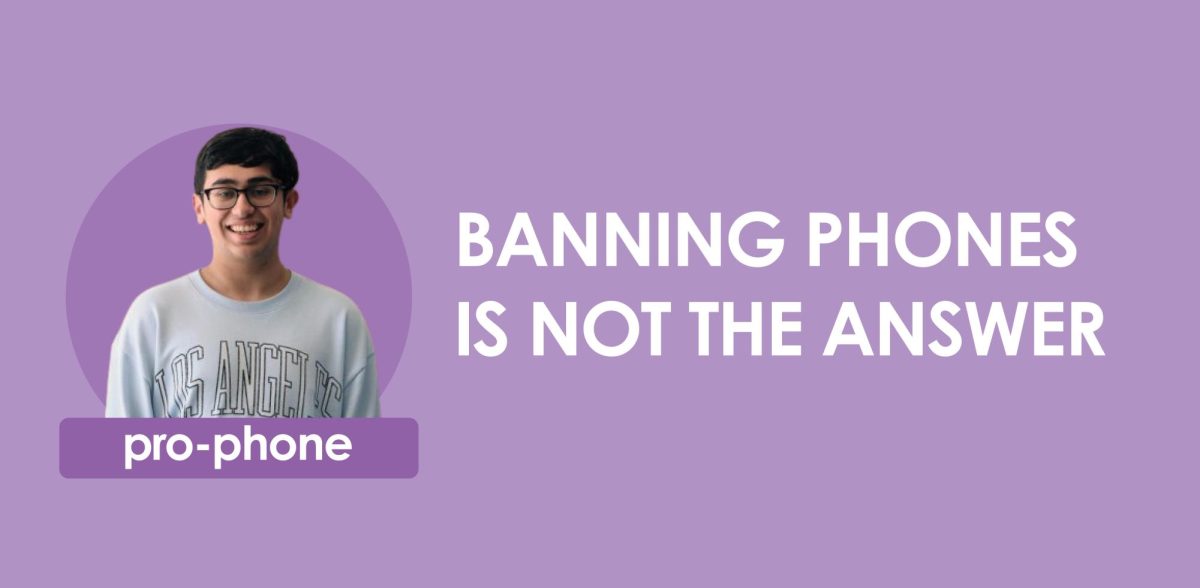



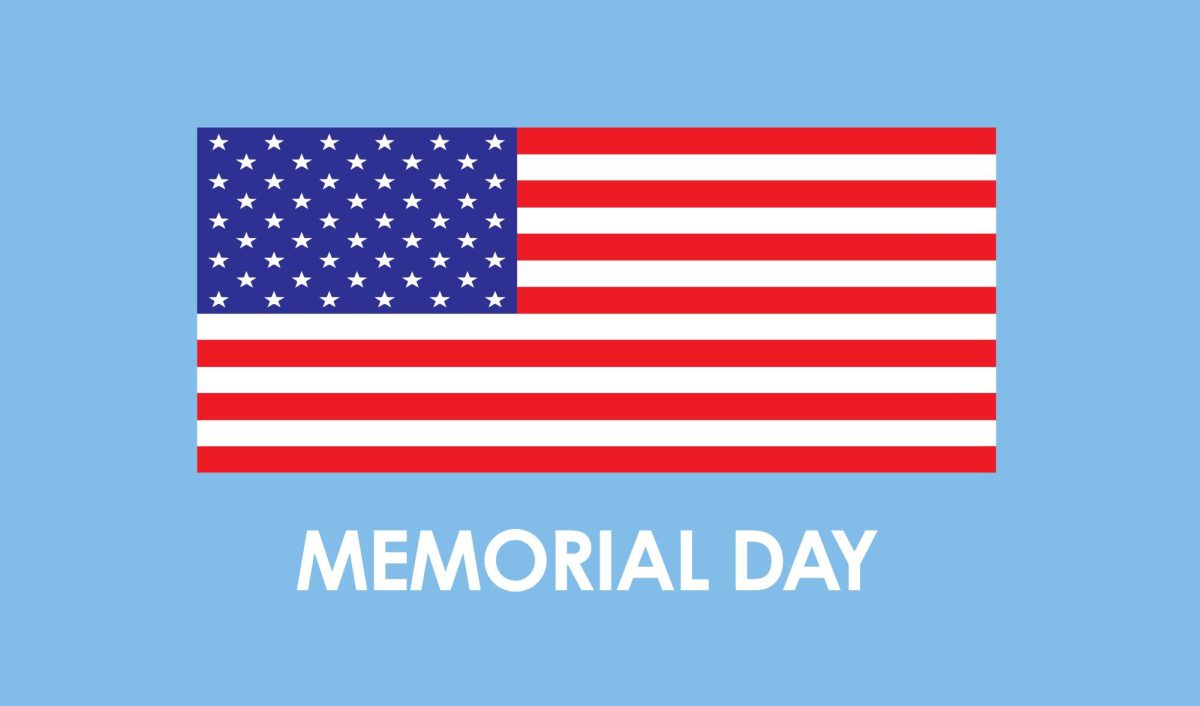

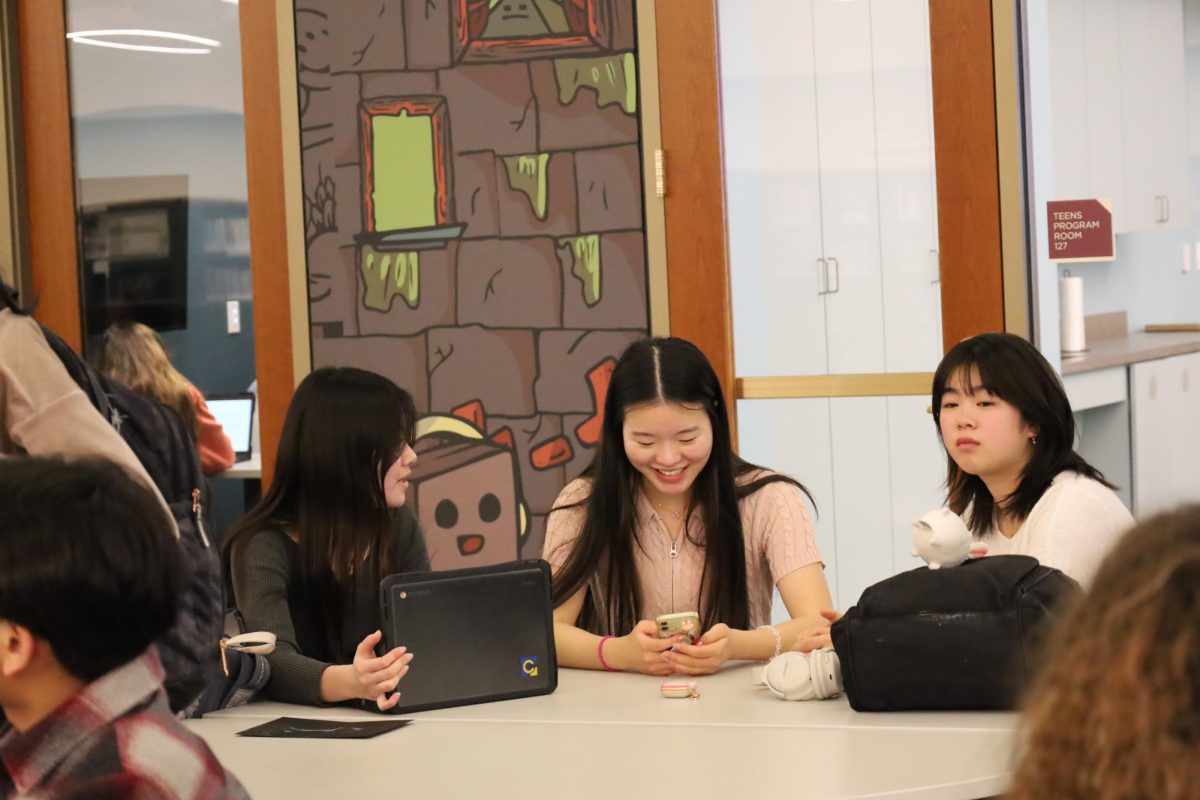


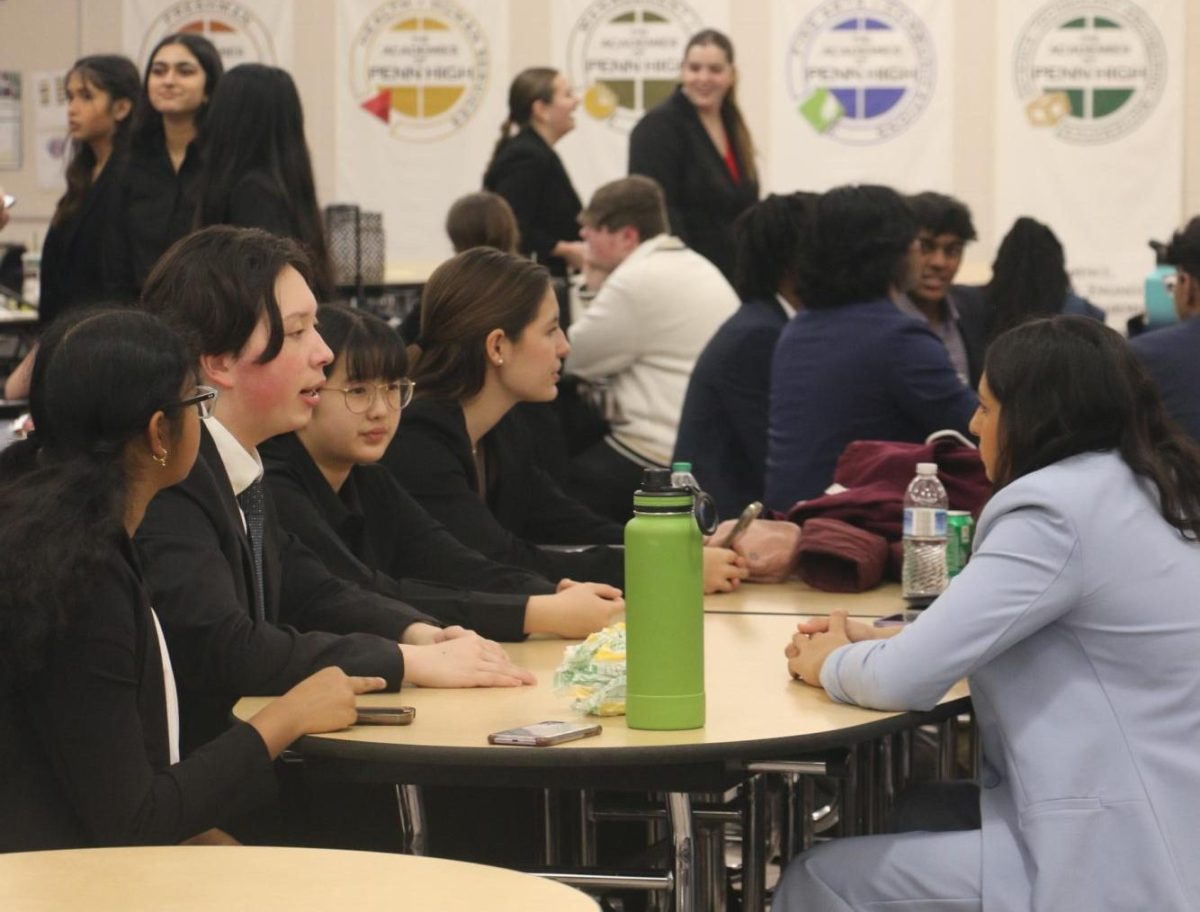
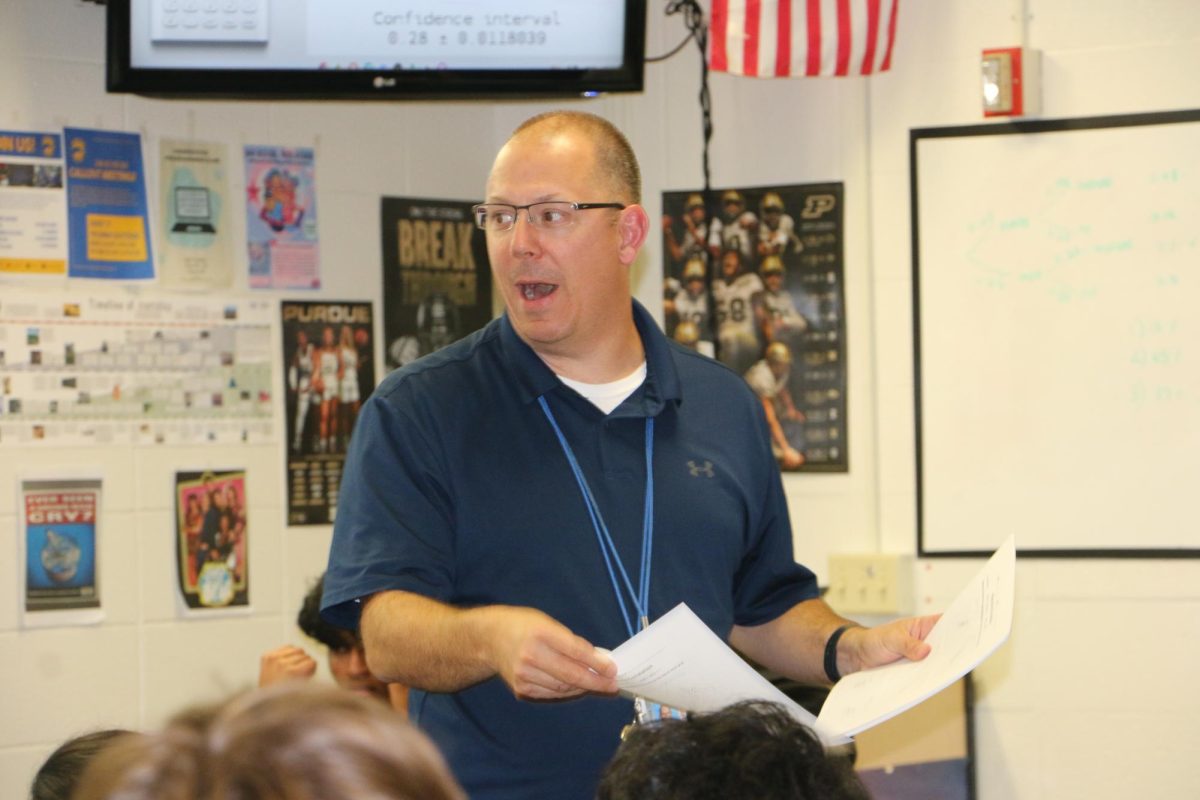



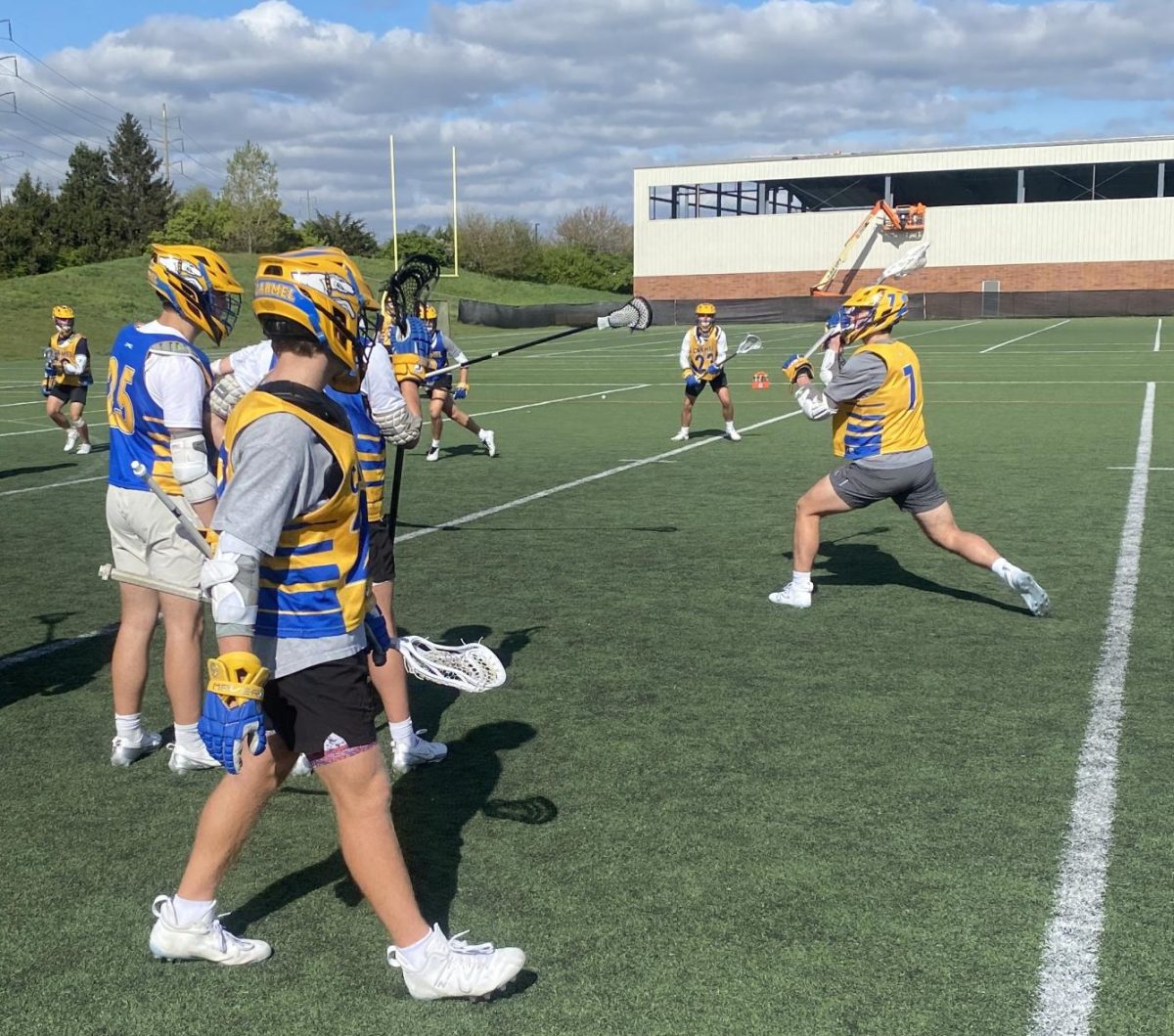




![Family vlogger controversy, need for content reform [opinion]](https://hilite.org/wp-content/uploads/2024/05/Screenshot-2024-05-14-11.33.37-AM-1200x465.png)
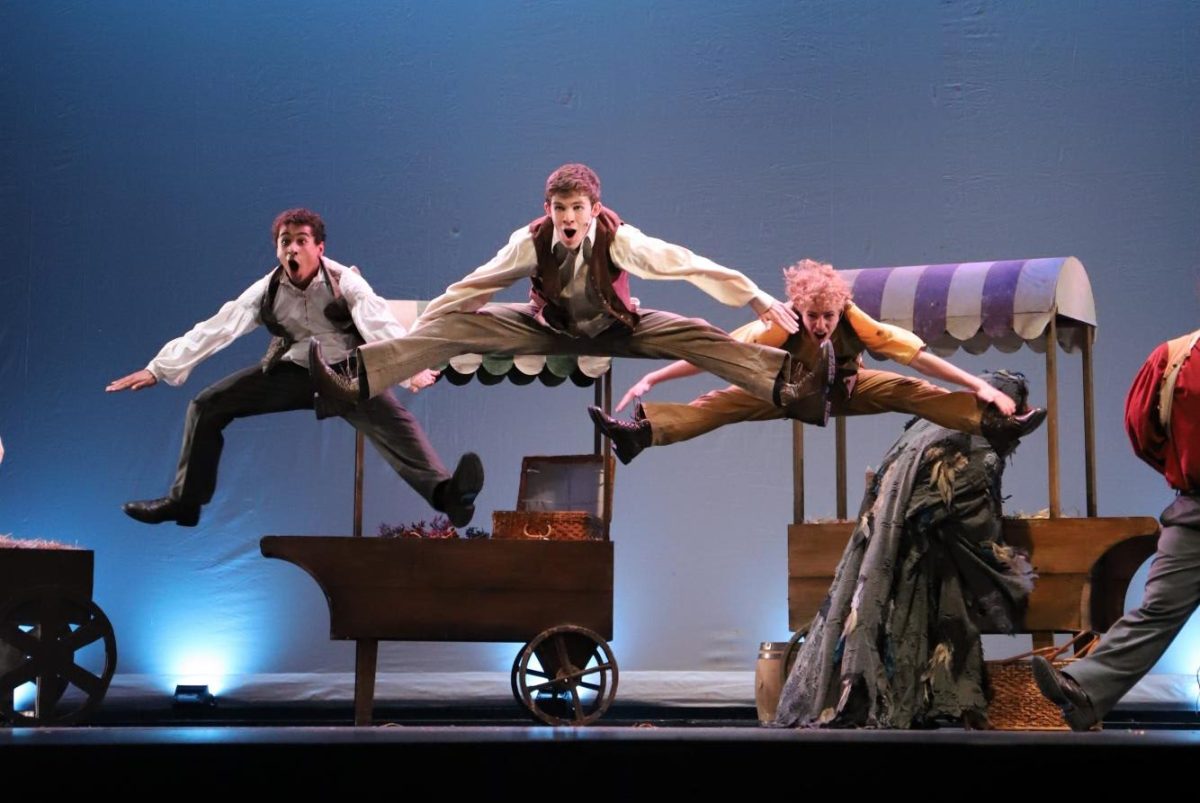




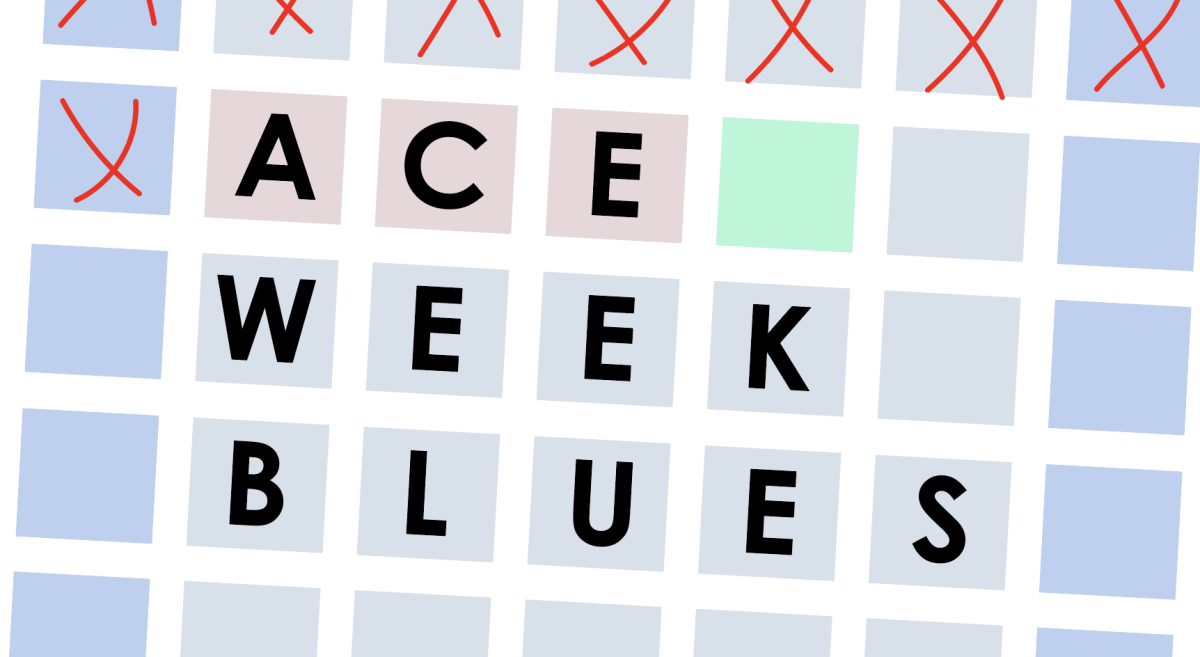
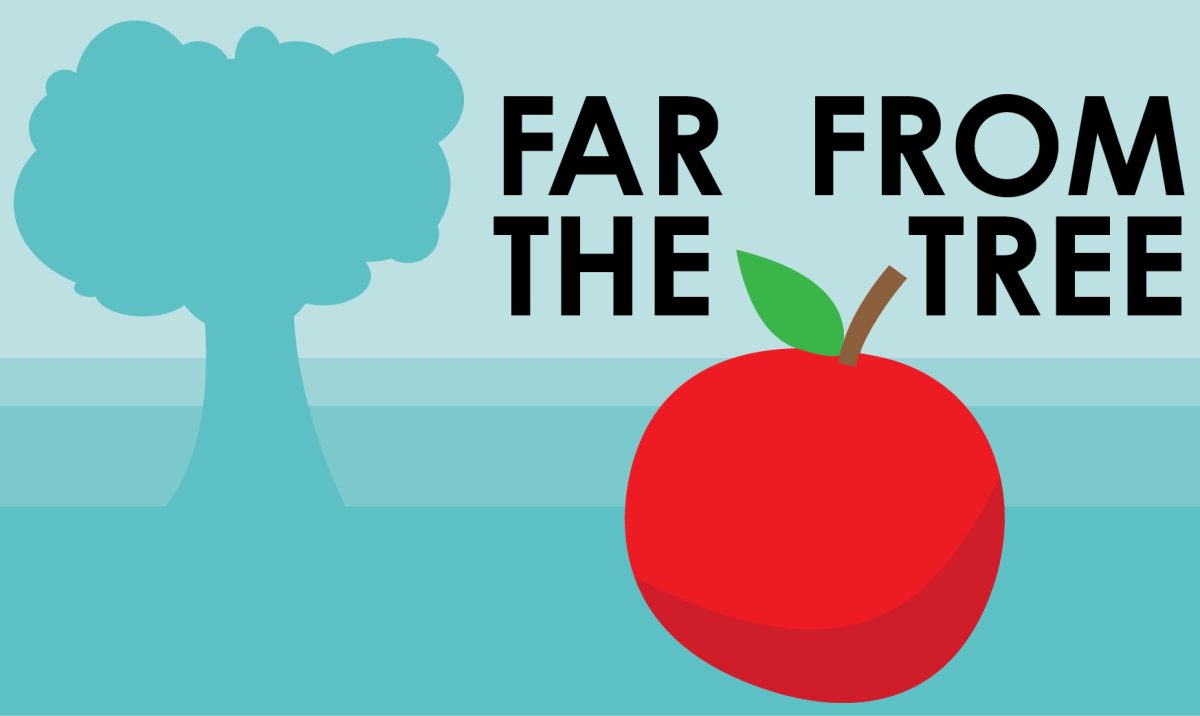
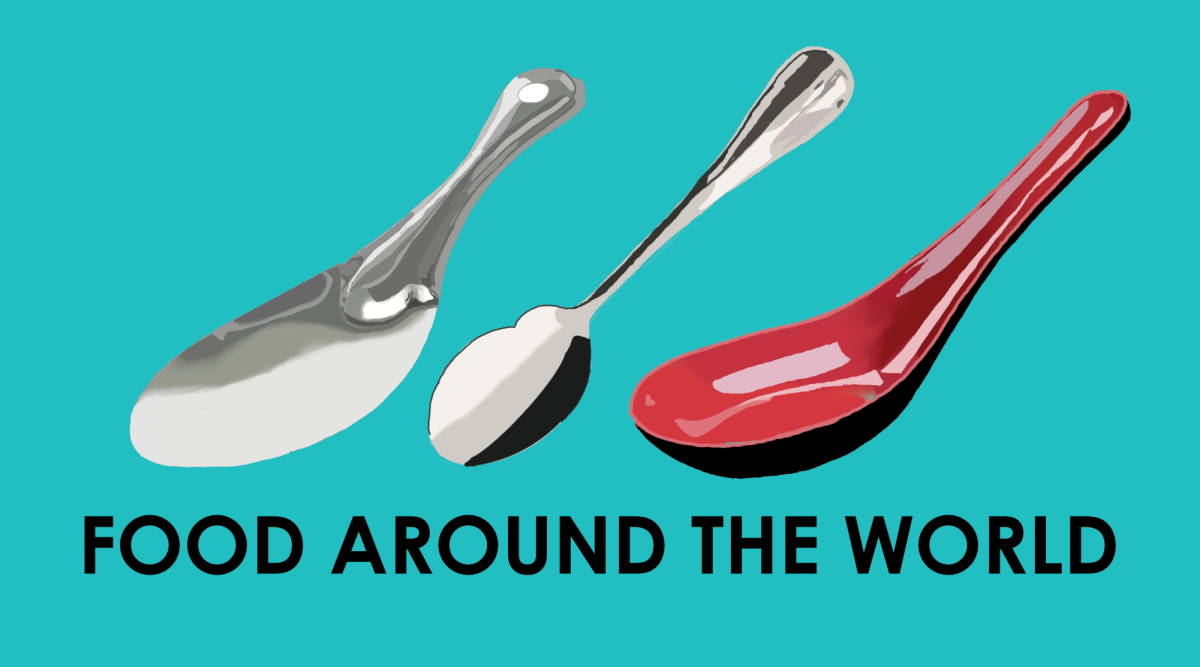
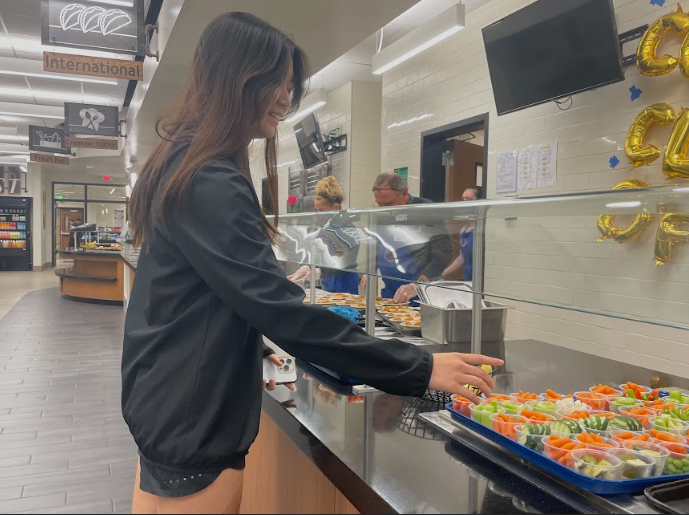
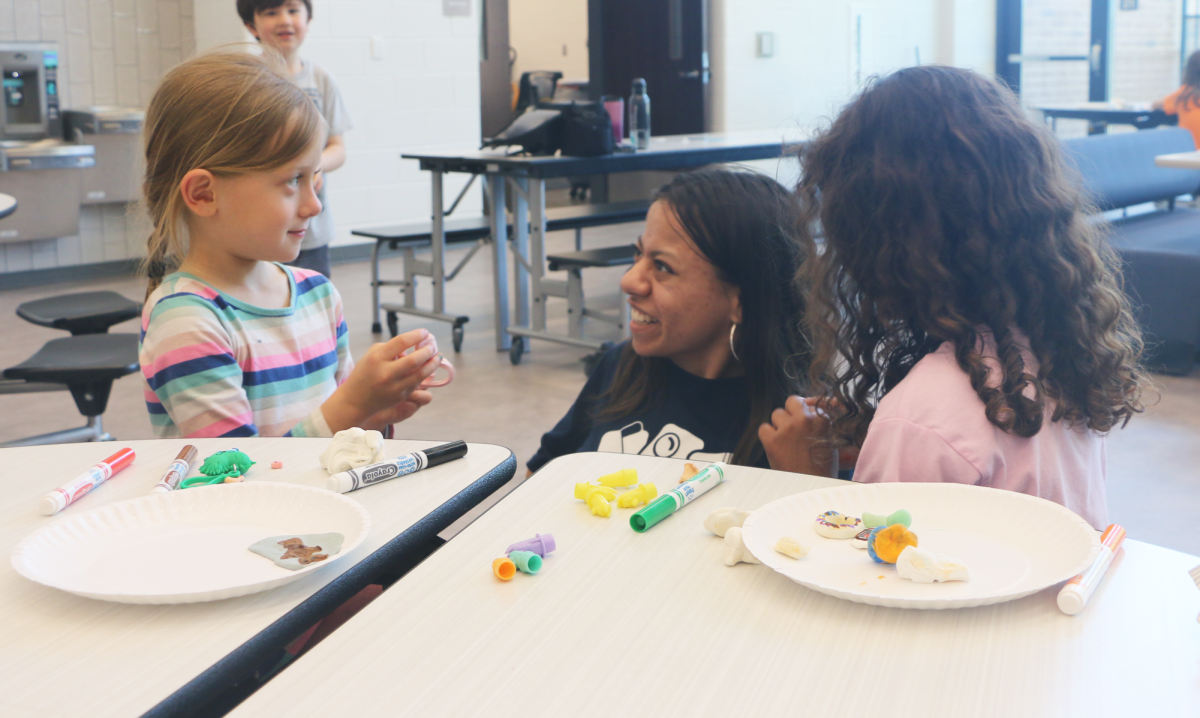


















![Review: Taylor Swift’s new album The Tortured Poets Department is not her best work but is still a brilliant album [MUSE]](https://hilite.org/wp-content/uploads/2024/05/The-Anthology_Cover-1200x675.webp)
![Review: Challengers does it all [MUSE]](https://hilite.org/wp-content/uploads/2024/05/challengers-poster-1200x600.png)
![Review: A House of Flame and Shadow by Sarah J. Maas was a disappointing read [MUSE]](https://hilite.org/wp-content/uploads/2024/05/house-of-flame-and-shadow-feature.png)
![Review: Conan Gray’s new album, “Found Heaven”, is a refreshing twist on modern music [MUSE]](https://hilite.org/wp-content/uploads/2024/05/Screenshot-2023-10-31-at-16.01.05.webp)
![Review: “Bodies, Bodies, Bodies” is the quintessential Gen-Z movie [MUSE]](https://hilite.org/wp-content/uploads/2024/05/Screenshot-2024-05-15-140618.png)
![Review in Print: Maripaz Villar brings a delightfully unique style to the world of WEBTOON [MUSE]](https://hilite.org/wp-content/uploads/2023/12/maripazcover-1200x960.jpg)
![Review: “The Sword of Kaigen” is a masterpiece [MUSE]](https://hilite.org/wp-content/uploads/2023/11/Screenshot-2023-11-26-201051.png)
![Review: Gateron Oil Kings, great linear switches, okay price [MUSE]](https://hilite.org/wp-content/uploads/2023/11/Screenshot-2023-11-26-200553.png)
![Review: “A Haunting in Venice” is a significant improvement from other Agatha Christie adaptations [MUSE]](https://hilite.org/wp-content/uploads/2023/11/e7ee2938a6d422669771bce6d8088521.jpg)
![Review: A Thanksgiving story from elementary school, still just as interesting [MUSE]](https://hilite.org/wp-content/uploads/2023/11/Screenshot-2023-11-26-195514-987x1200.png)
![Review: When I Fly Towards You, cute, uplifting youth drama [MUSE]](https://hilite.org/wp-content/uploads/2023/09/When-I-Fly-Towards-You-Chinese-drama.png)
![Postcards from Muse: Hawaii Travel Diary [MUSE]](https://hilite.org/wp-content/uploads/2023/09/My-project-1-1200x1200.jpg)
![Review: Ladybug & Cat Noir: The Movie, departure from original show [MUSE]](https://hilite.org/wp-content/uploads/2023/09/Ladybug__Cat_Noir_-_The_Movie_poster.jpg)
![Review in Print: Hidden Love is the cute, uplifting drama everyone needs [MUSE]](https://hilite.org/wp-content/uploads/2023/09/hiddenlovecover-e1693597208225-1030x1200.png)
![Review in Print: Heartstopper is the heartwarming queer romance we all need [MUSE]](https://hilite.org/wp-content/uploads/2023/08/museheartstoppercover-1200x654.png)






















